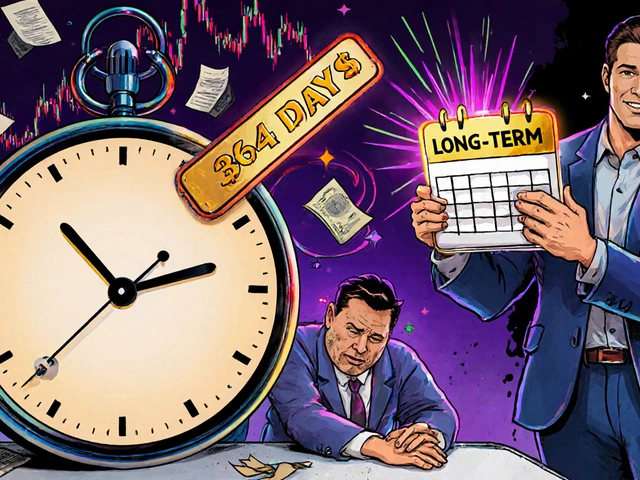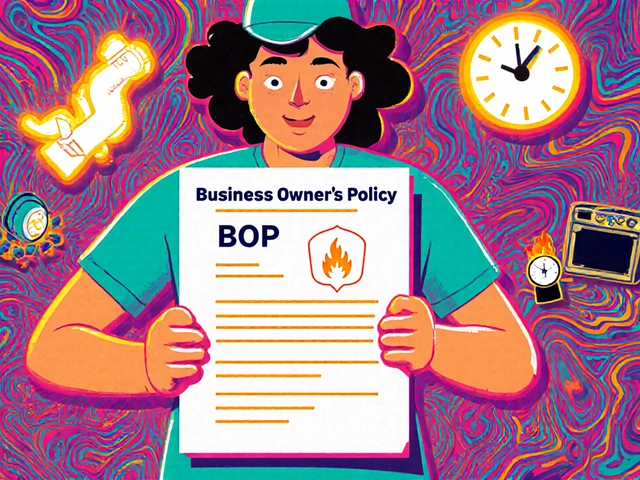Global Stock Markets: How to Invest Across Countries and Stay Ahead in 2025
When you invest in global stock markets, the collective value of publicly traded companies across all major economies, from the U.S. to Japan to Brazil. Also known as international equity markets, it's no longer enough to just watch the S&P 500—what happens in Europe, Asia, or emerging markets can swing your returns faster than any Fed announcement. Most people think global investing means buying a single ETF that tracks the world. But that’s like saying you’re eating a balanced diet because you only eat bread. The truth? Markets don’t move in sync. When the U.S. is rising, Japan might be falling. When the dollar weakens, European stocks often surge. And right now, with foreign exchange reserves, the pools of assets held by central banks to stabilize their currencies and support trade. Also known as currency reserves, it's shifting away from the U.S. dollar for the first time in decades, the old rules are breaking.
That’s why currency moves, the daily fluctuations in exchange rates between national currencies like the dollar, euro, and yen. Also known as foreign exchange rates, they directly impact how much your overseas investments are worth in your home currency can make or break your portfolio. If you own a German stock and the euro drops 10% against the dollar, you lose money—even if the stock price stayed flat. That’s not risk. That’s ignorance. Smart investors don’t just pick countries. They track who’s printing money, who’s raising rates, and who’s buying gold instead of bonds. And they adjust. In 2025, the world isn’t just two blocs anymore—it’s three: the dollar, the euro, and everything else, from India’s rupee to China’s yuan to physical gold. Your portfolio needs to reflect that.
And it’s not just about where you invest. It’s about how often you check. portfolio diversification, spreading investments across different assets and regions to reduce risk. Also known as asset allocation, it’s the only defense against a single market crashing used to mean buying U.S. stocks and U.S. bonds. Now, it means understanding how Chinese tech, Brazilian commodities, and Swiss pharmaceuticals behave when inflation spikes or interest rates shift. Correlation isn’t static. When the Fed hikes rates, U.S. stocks and emerging markets often dive together. But when oil prices jump, Canadian and Saudi stocks rise while European ones lag. You can’t just set it and forget it. You need to know when to rebalance—and why.
You’ll find real examples here: how one investor used currency hedging to protect gains in Japan, why a small position in South Korean tech beat the S&P last year, and how a $5,000 allocation to emerging market bonds cut overall portfolio volatility by 30%. No theory. No fluff. Just what’s working now.





